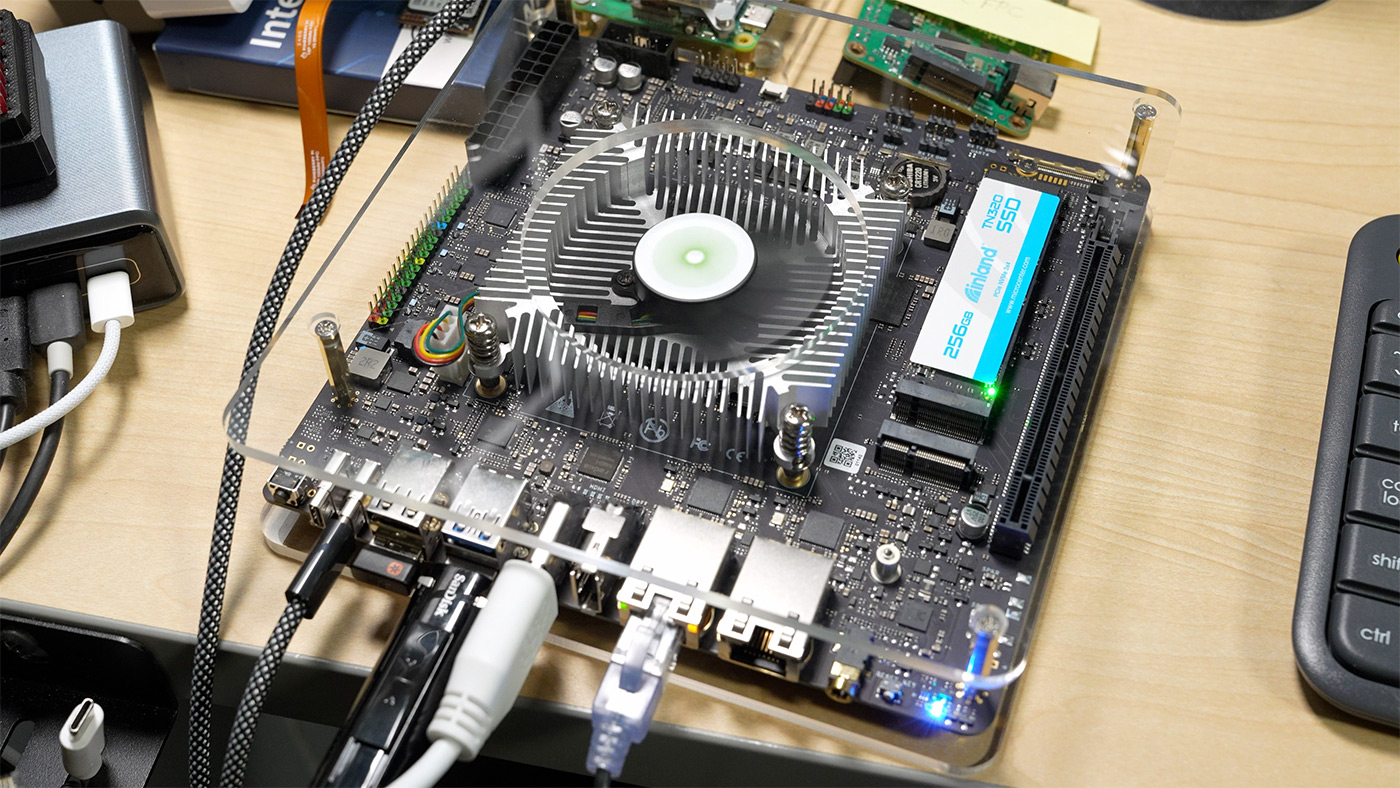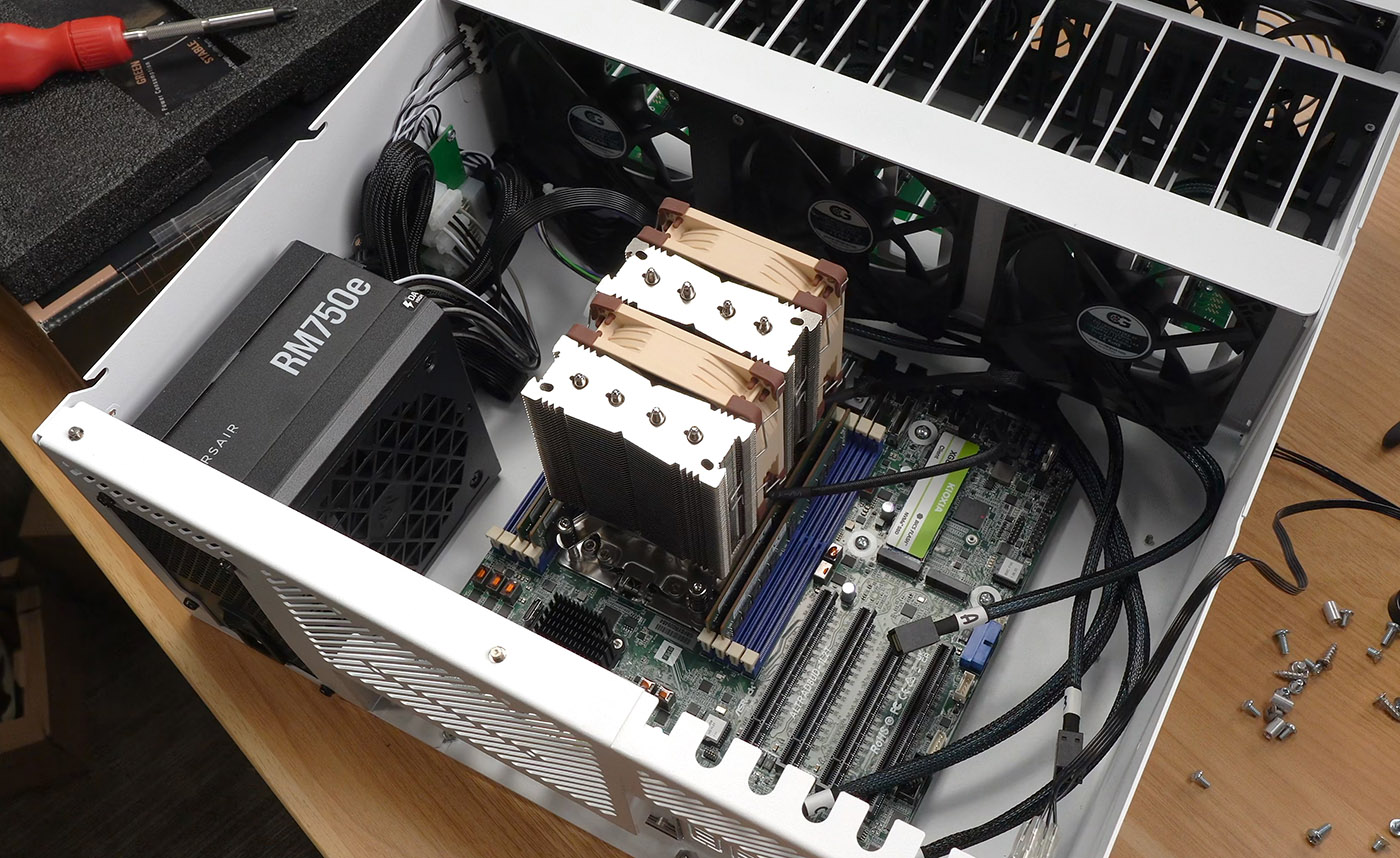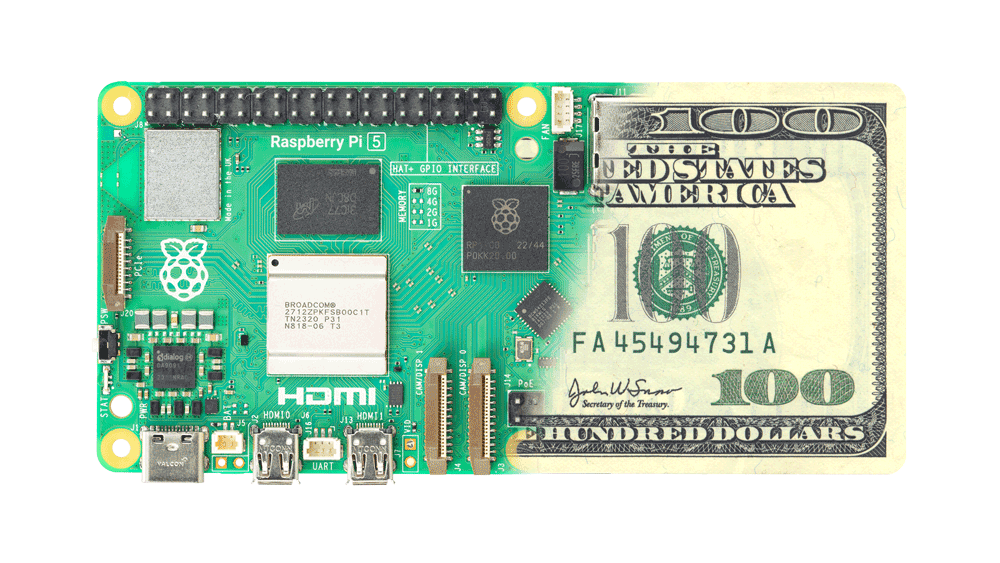Orion O6 ITX Arm V9 board - temper your expectations

When I first heard about Radxa's Orion O6, it was being compared to Apple's M1 silicon, and the product page has extraordinary claims:

When I first heard about Radxa's Orion O6, it was being compared to Apple's M1 silicon, and the product page has extraordinary claims:
System76 built their first workstation-class Arm PC, the Thelio Astra, and it's marketed for streamlined autonomous vehicle development.

But I'm not an automotive developer, just someone who enjoys Linux, Arm, and computing. So I was excited to spend a few weeks (which turned into a few months) testing the latest Ampere-based computer to come to market.
I initially ran my gauntlet of tests under Ubuntu 24.04 (the OS this workstation ships with), but after discovering System76 dropped in ASRock Rack's TPM 2.0 module, I switched tracks and installed Windows 11—which went without a hitch!
Cores are the new megahertz, at least for enterprise servers. We've gone quickly from 32, to 64, to 80, to 128, and now to 192-cores on a single CPU socket!

Amazon built Graviton 4, Google built Axiom, but if you want your own massive Arm server, Ampere's the only game in town. And fastest Arm CPU in the world is inside the box pictured above.
It has 192 custom Arm cores running at 3.2 Gigahertz, and in some benchmarks, it stays in the ring with AMD's fastest EPYC chip, the 9965 "Turin Dense", which also has 192 cores.
High-core-count servers are the cutting edge in datacenters, and they're so insane, most software doesn't even know how to handle it. btop has to go full screen on the CPU graph just to fit all the cores:

Update - October 17: Today Qualcomm cancelled all remaining orders, and will no longer support the Dev Kit.
I have mixed feelings publishing this post: many developers who are actively trying to port their Windows software to Arm are still awaiting shipment of their own Snapdragon Dev Kits, and I seem to be one of the first few people to receive one.
Everyone I've been in contact with also ordered the Dev Kit on July 16, but we've all been waiting for it to ship—for months.
I've been testing a Milk-V Jupiter this week, and have tested a number of other RISC-V development boards over the past two years.
As with any new CPU architecture, software support and ease of adoption are extremely important if you want to reach a wider audience. I wouldn't expect every developer and SBC hobbyist to be able to compile the Linux kernel, and the need to compile much of anything these days is getting rare. So having any instance where one has to know how to tweak a Makefile or pass in different flags to a compiler is a bit of a turn-off for platform adoption.
So one thing I've followed closely is how easy it is for me to get my own software running on RISC-V boards. It's one thing to run some vendor-provided demos. It's another entirely to take my real-world applications and infrastructure apps, and get them to work without hassle.
And to that end, Docker and Ansible, two tools I use extensively for dev/ops work, both run stably—though with plenty of caveats since RISC-V is still so new.
Update - September 26: Today my Dev Kit finally arrived! And of course, the first thing I did was tear it down—check out my teardown photos of the Snapdragon Dev Kit internals here.
Update 2 - October 17: Today Qualcomm cancelled all remaining orders, and will no longer support the Dev Kit.
I signed up to buy a Qualcomm Snapdragon X Dev Kit the second I found out about it. It's supposed to be the Mac mini killer for Windows.


It's not cheap, but it's efficient. At least, that's my hope.
Over the past few months, I worked with a number of vendors to assemble what I hope will make an efficient but high-performance arm64 NAS. In the video embedded below, I've put together the following (some of these links are affiliate links):

Raspberry Pi is looking into an IPO (Initial Public Offering).
But wait, Raspberry Pi's a non-profit! They can't do that? And who would want stock in Raspberry Pi anyway? Their core market hates them—they abandoned hobbyists and makers years ago!
And there are like tons of clones and competitors, nobody even needs Raspberry Pi? Plus, aren't they crazy-expensive? It's like a hundred bucks now, and that's if you can even find one to buy!
Well, hold on a second... there are a lotta misconceptions out there. In this post, I'll walk through what's actually happening, and also through things I see online.
This blog post is a lightly-edited transcript of a video on my YouTube channel, which you can watch below:

tl;dr: No, it's not a replacement for a Raspberry Pi Compute Module 4. But yes, it's an exciting tiny RISC-V board that could be just the ticket for more RISC-V projects, tapping into the diverse ecosystem of existing Compute Module 4 boards.
This tiny computer is the Mars CM. It's the exact same size and shape as the Raspberry Pi Compute Module 4. It should be a drop-in replacement. And on its box it says it supports 4K, Bluetooth and WiFi, and has gigabit Ethernet. It's also supposed to have PCI Express!

This is the fastest Arm desktop in the world, yes, even faster than the M2 Ultra Mac Pro. And today, I made it even faster.
I upgraded everything: Faster RAM, 128 core CPU, 40 series GPU, I did it all, and we'll see how much we can obliterate the M2 Mac Pro.
128 cores—that's five times more cores, I'm also going to upgrade this thing from 96 all the way to 384 gigabytes of RAM. The Mac Pro? Sorry, it only goes up to 192.
And we're just in time for the new Cinebench 2024 benchmark, which—yes—this machine dominates.